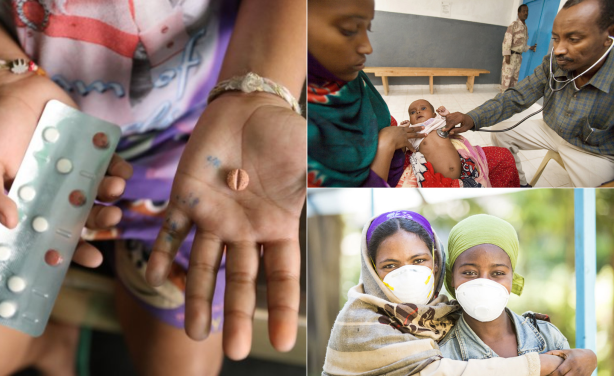
By Keertan Dheda, University of Cape Town
The emergence of drug resistant tuberculosis has resulted in scientists taking a more aggressive and urgent approach to research into the development of the disease.
As the number of drug resistant TB cases has continued to rise, so has the need for rapid diagnosis, new treatment and new strategies that could help contain the disease.
Globally TB still kills more people each year than any other infectious disease, including HIV/AIDS. In 2014, an estimated 1.4 million people lost their lives to TB. In addition 500,000 people were diagnosed with multidrug-resistant tuberculosis (MDR-TB).
In South Africa, 20,000 MDR-TB cases were detected in 2014 though there were many more undetected cases. Of these 20,000 detected cases, 8% were thought to be extensively or totally drug resistant.
MDR-TB occurs when patients inappropriately or incorrectly use antimicrobial drugs or prematurely interrupt their treatment. Further resistance to the drugs used to treat MDR-TB results in extensively drug resistant TB (XDR-TB). When this happens the patient is resistant to at least four of the antibiotics that make up the first set of drugs used to treat TB, known as the first line regimen.
However, recent molecular and epidemiological studies have challenged this belief. They suggest that in most regions of the world, drug-resistant TB is now predominantly caused by transmission. An estimated 95% of new MDR-TB strain cases are as a result of the drug resistant bacteria spreading from one person to the next.
New research on the spread of MDR-TB has raised even more concerns. Until recently it was thought that drug-resistant strains of TB were less transmissible, that both MDR-TB and XDR-TB were only acquired by people as a result of poor compliance to treatment.


